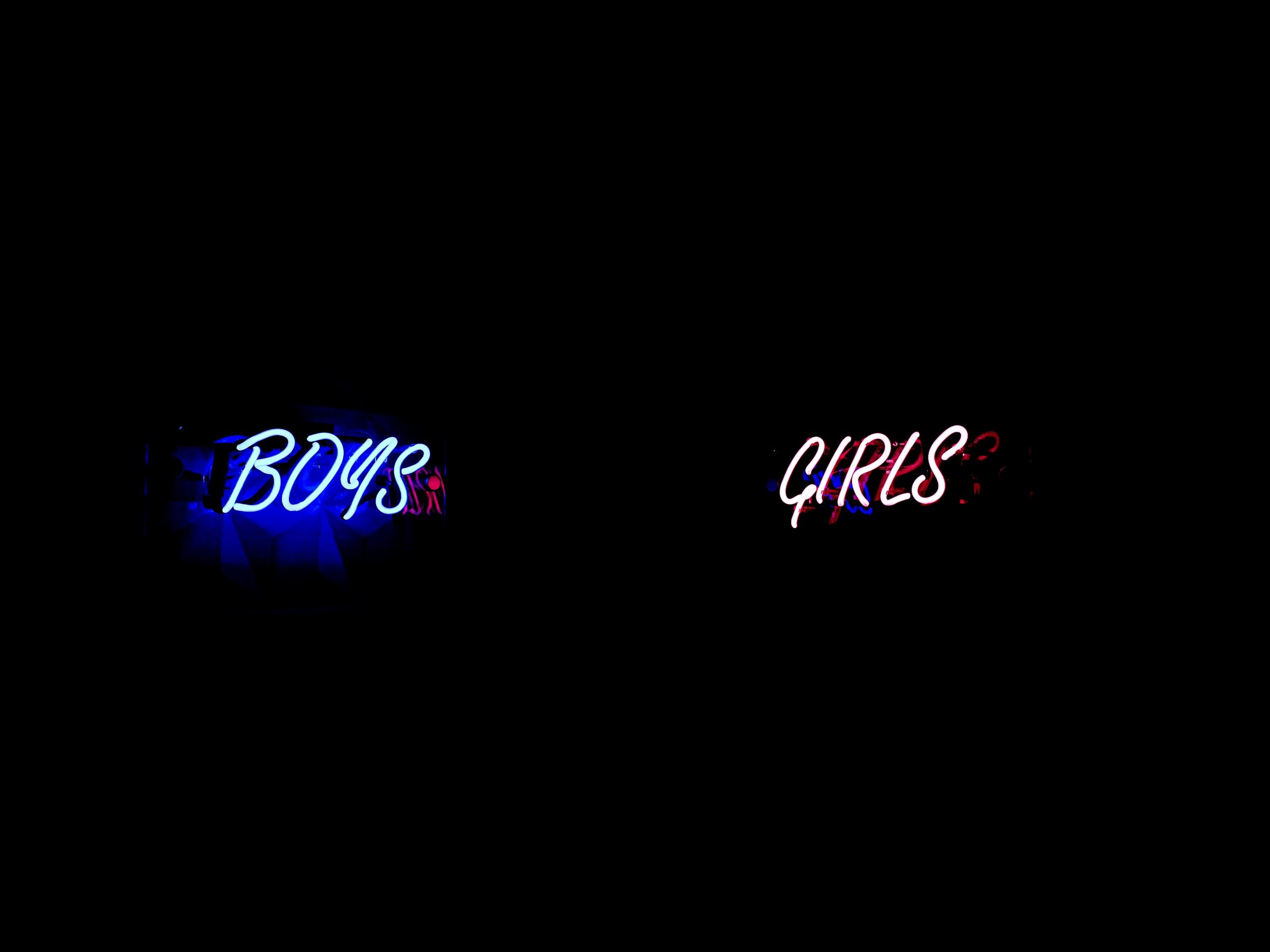Wearing theVeil of Gender Bias
In my last post Pride, I noticed (after re-reading my work at least 25 times) that I had committed the crime of gender bias. This was truly an ironic piece of work given that Pride is an article that newly announced to the world my transgender son. I asked my readers if they too found the error. None of them did.
Here is an old riddle that essentially does the same thing that I did. If you haven’t heard this one before, try to solve it before you read the solution below.
RIDDLE:
A father and son are in a horrible car crash that kills the dad. The son is rushed to the hospital; just as he’s about to go under the knife, the surgeon says, “I can’t operate—that boy is my son!” How is this possible?
Bias, in all of its forms, are moments when we bump up against the programming taught to us as children, which then further deepens in our adulthood. We make assumptions based on that bias and continue to add onto the flawed narrative while passing it along to future generations. How does one see the veil that is pulled over our eyes when that’s all we’ve ever looked through our entire lives? To begin, we must recognize there is a veil in the first place.
The first time I noticed my insipid gender veil was soon after Michael had revealed his trans identity to us. He and his sister were going somewhere and he dressed up in a pastel top and a lavender skirt dotted with wizard cats.
“Wait. Why are you wearing a skirt?” I asked. “I thought you…”
“Mom,” he replied with an exasperated look on his face. “Fashion has no gender.”
BOOM. I stood in the light of that revelation and watched the history of my understanding spin. In my mind, I scrolled through skirts, dresses, neck ties, bathing suits—items that I had assigned gender to—and saw them for the first time as simply clothing; a means to cover parts of the body that we choose to cover as well as to decorate. My head swelled. How much of our every day life has gender assigned to it? How deep does this rabbit hole go? Honestly, I have no idea, but I can tell you the hole is vast and requires me to stop and re-think just about everything I’ve ever taken for granted. The good news is that once you find the edge of the veil, you can’t forget it is there.
SOLUTION:
The surgeon is the boy’s mother.
(Could also be the boy’s gay father, but guessing when the riddle was originally crafted this wasn’t as obvious an answer.)*
We see not only what we want to see, but also what we have been programmed to see. Programming is soothing because it is familiar so we hold tight. Once an alternative is revealed, we are forced to question not only the programming, but the source of that messaging as well as everything else we have believed to be true. This work is not easy but is critical to living in a world that strives for harmony through understanding.
In Pride, I attempt to make the point that just because my child didn’t wear boy’s clothing or pretend to be police officers or cowboys didn’t mean they weren’t struggling with their gender.
Here’s my mistake: police officers and cowboys aren’t always men.
I encourage you to seek out the edges of your own veil. Great news! This works for all sorts of bias: racism, ageism, ableism… the list is unfortunately long but we have the ability to shorten it. Once you see your bias, you can’t unsee it and that’s a good thing, but it isn’t easy owning up to where we aren’t the most compassionate or considerate. Be kind to yourself and to your programmers as you rip back that veil. Lead with curiosity, not judgement. And remember that for every bit of light that gets in, you are shining it back into the world and removing some of the darkness.
(*This riddle, while helpful in illustrating gender bias, is ridiculous. What surgeon doesn’t know who the patient is until they are about to cut them open?!? Now we know why the boy was living with his dad!)

